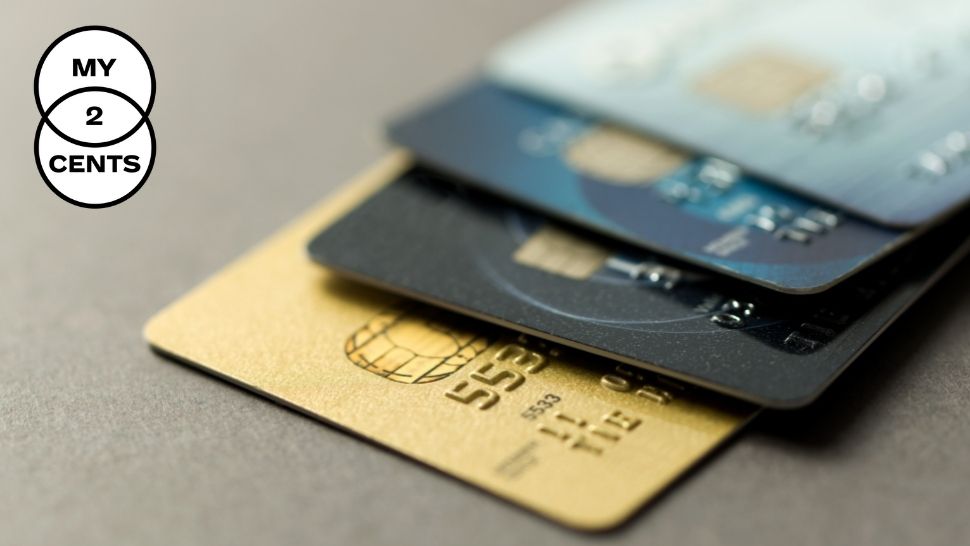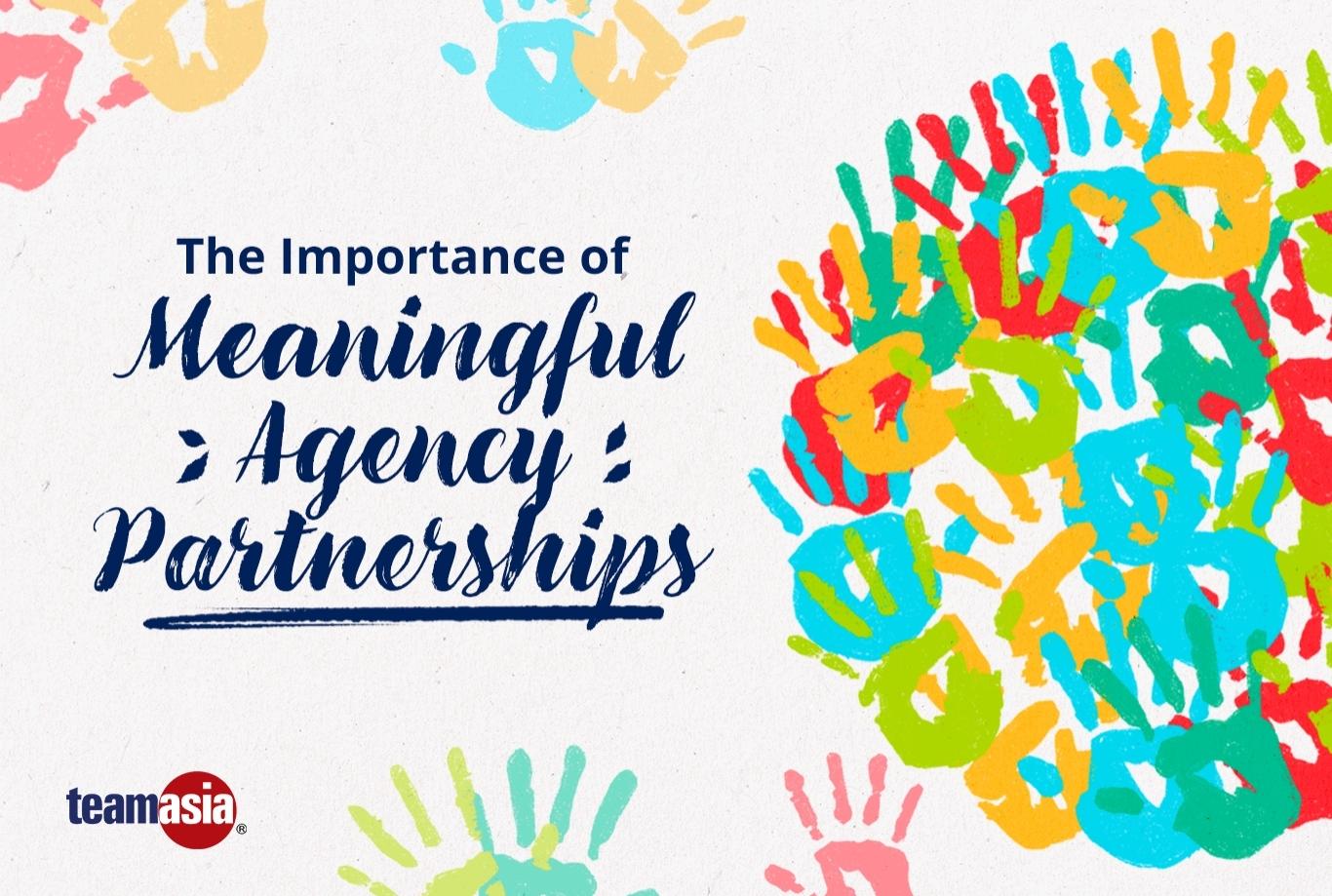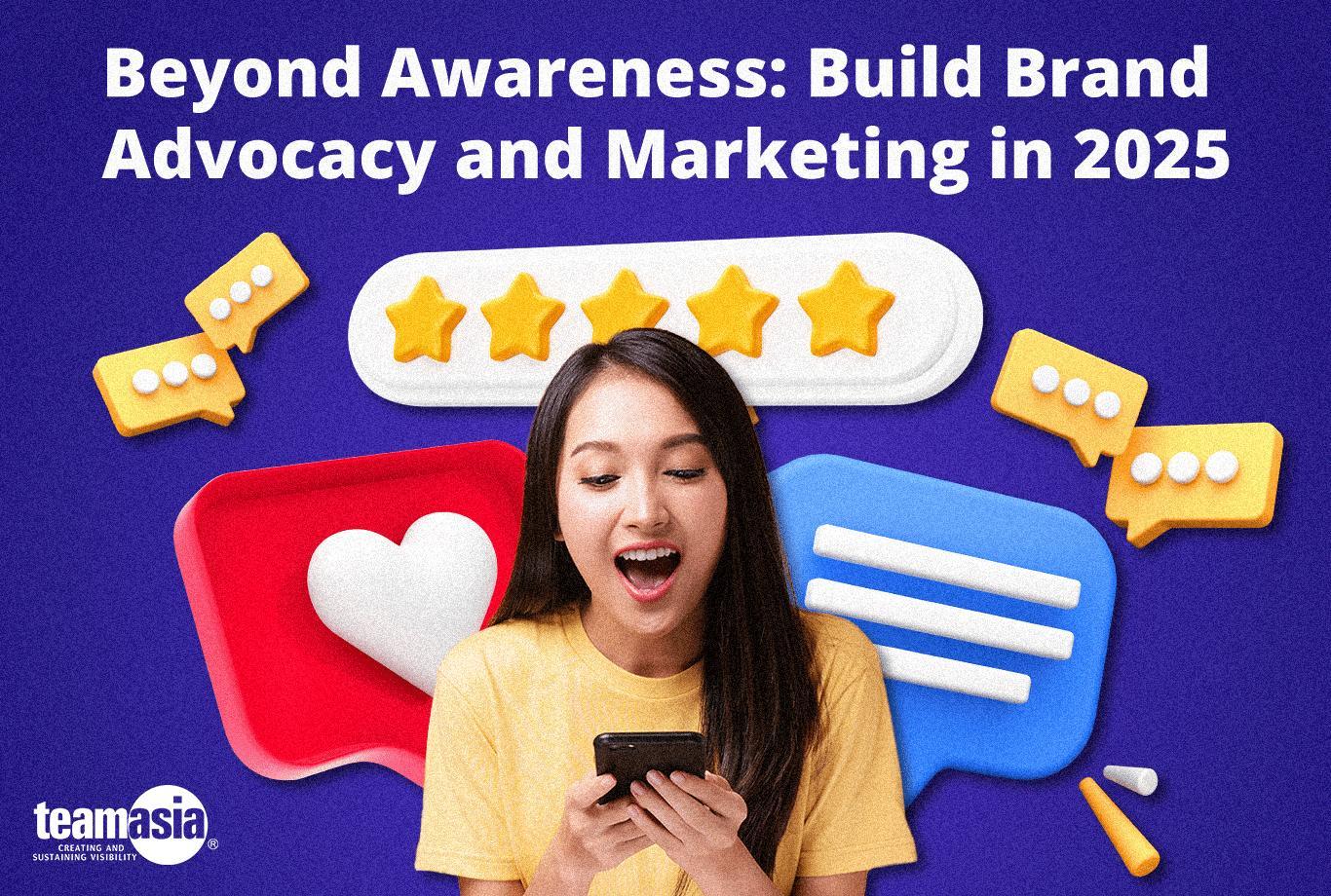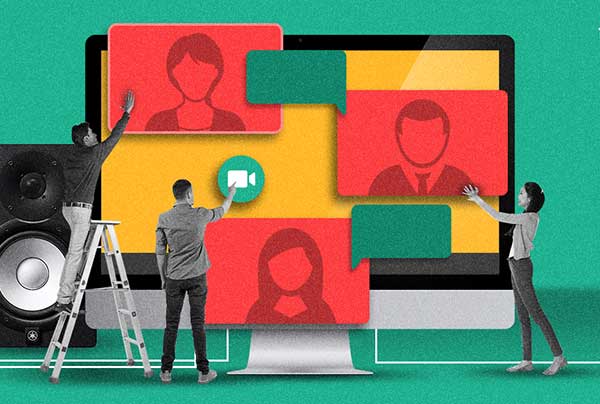Scam Alert: Here’s How to Protect Yourself From Credit Card Fraud in the Philippines
Credit card fraud has increased in the Philippines, so stay alert.
By ANRI ICHIMURA

Suck at money? Congrats. You’re part of the 99 percent of people in their 20s floundering when it comes to finance. Adulting is hard, and money is harder—especially when it’s your own and not your parents. My Two Cents is here to break down everything you need to know about finance, business, and entrepreneurship. We’ll tackle all the basics, from how to get a business permit to how to invest in stocks, to educate the fledgling adults on how to not go broke.
Welcome to the idiot’s guide to money. Next lesson: how to protect yourself from credit card fraud.
Those warning texts from your bank to beware of scammers? They’re no joke. Credit card fraud is on the rise in the Philippines, made worse by the boom of online payments. While the steady growth of the cashless society has grown, so too have credit card fraudsters gotten smarter. There was a 30 percent increase in fraud cases in the Philippines last year, according to the Credit Card Association of the Philippines (CCAP)–and you’re lucky if you weren’t part of that unfortunate statistic.
So how exactly do you protect yourself from credit card fraud in the Philippines? First, you have to know the methods they use.
1| Phishing and Vishing
Phishing and vishing are among the most common types of credit card fraud in the country. Phishing deals with fake emails, job search sites, banner ads, browser toolbars, text messagers, and chat messages. Meanwhile, vishing deals with phone calls from fake bank representatives. The goal of both of these methods is to have you willingly give up your information through fake messages, stories, and websites
Protect yourself by: Checking links, numbers, and email addresses. If your gut says something smells fishy, it’s probably right. Banks nowadays frequently send out text alerts of new scams using similar-looking links or email addresses. Stay alert by actually reading those alert texts and emails coming from your bank. For phone calls, hang up if the person asks for your credit card number, address, and other important information. A bank wouldn’t actually ask that of you, so do the sensible thing and do not entertain them.
2| Lost or Stolen Cards
Losing a wallet is a nightmare. Whoever gets their hands on it will automatically have access to your credit cards to use and swipe as they please. Sometimes you can’t avoid these terrible circumstances, but you can prepare for it.
Protect yourself by: Saving the number of your banks on your phone. The moment you realize your wallet or cards are lost or have been stolen, call your bank and request for them to block your accounts ASAP. You can also protect yourself by leaving credit cards with large limits at home. Keep the ones with small limits with you for everyday purchases, but unless you plan to buy a TV or a car, leave the big limit cards in a safe.
3| Card Replacement Scam
Like we mentioned before, a legitimate bank representative will not ask for confidential information. Neither will they ask you to give them your credit card via courier pick-up because you’re due for a “replacement” or “upgrade.” The only thing they plan to give you in return for your card is a scam. Your bank will only ask you to destroy a card or go to a bank branch to surrender it.
Protect yourself by: Always checking the number of whoever is calling your or texting you claiming to be your bank. While you’re on the phone, open your browser or your laptop and Google the number calling you. There are plenty of online forums and directories that can tell if the number is legit or a scam. Also follow your bank’s social media accounts so you’re up to date on the only numbers that they use.
4| Skimming
Skimming is perhaps one of the most stressful types of fraud to be wary of. Not everyone can tell if an ATM or a cashier’s card terminal has been hacked with a skimming device that can copy all of your sensitive information.
Protect yourself by: Only using ATMs or cashier card terminals at locations that look secure. For example, the ATM inside or outside a bank branch with a security guard nearby or a cashier card terminal at a reputable mall or store. The chances of these places being hacked is low. Also, many banks have upgraded their credit card microchips and switched to EMV technology, which makes it harder for hacker to use skimming devices. You can also shake the card scanner before inserting your card to check for skimmers, according to CCAP.
Other ways to protect yourself from credit card fraud:
- Avoid conducting mobile payments when using public Wi-Fi.
- Keep your contact information at the bank updated.
- Turn on your credit card or bank app’s notification features so you can track every transaction via text or email.
- Don’t connect your credit card to every online payment platform on your phone (like e-commerce sites).
- And last, never share your CVV or even write it down (it’s only three numbers. You can remember it!).
Source: Esquire





